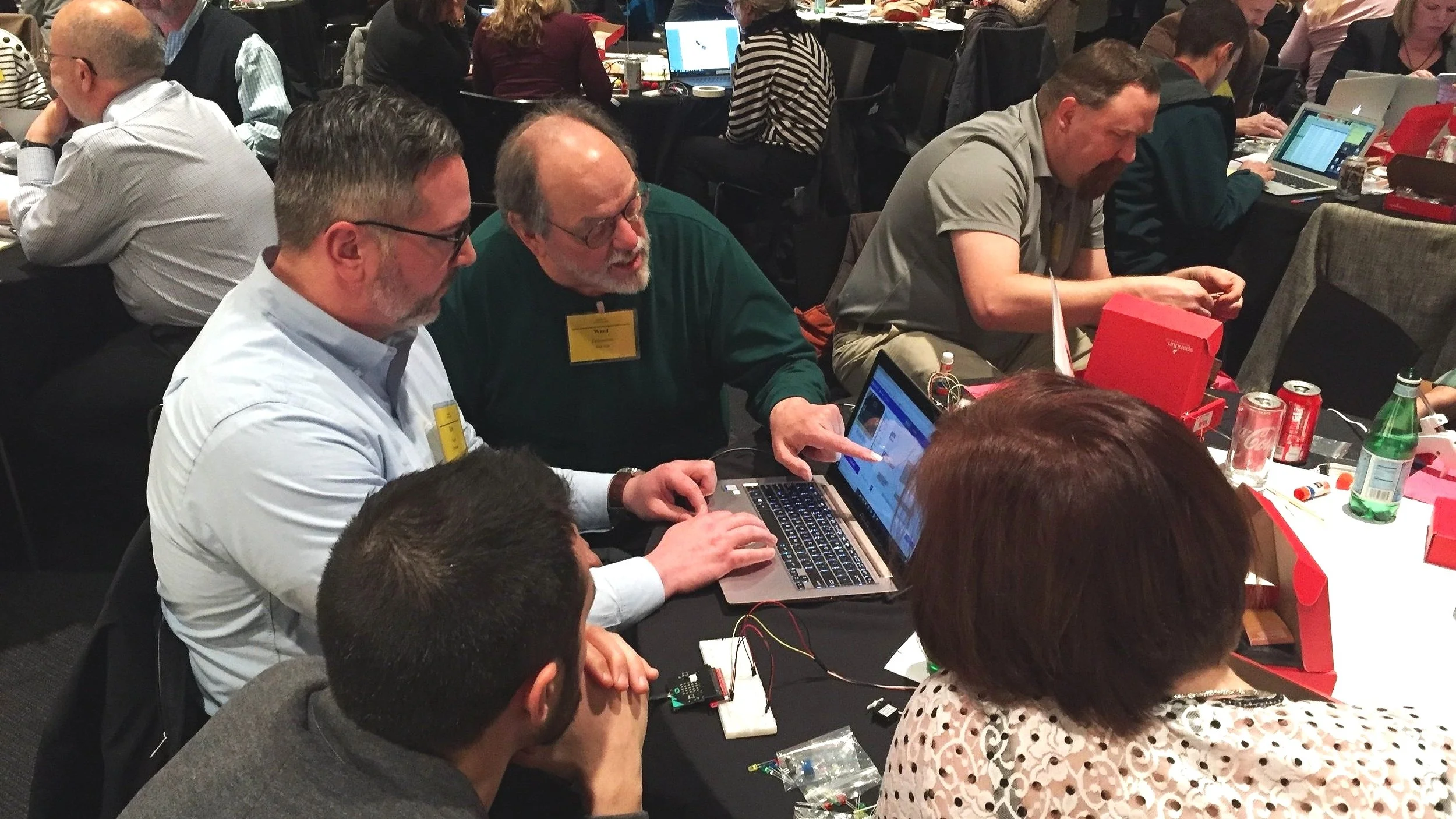We know we want our students to be academically successful. We also want them to become the empowered creative problem-solvers that the world needs.
Recognizing that real learning begins with authentic curiosity, we begin to wonder.
How do we create the conditions for real learning?
Shared Intention
“Without changing our pattern of thought, we will not be able to solve the problems we created with our current patterns of thought.”
Educators are facing increased pressure to improve academic achievement. Many students are being assessed as “underperforming” or simply dropping out. Increasing control structures are leading to teacher burnout.
What is going on?
Underlying this crisis is a deep issue: declining student engagement. Many students are questioning the very reason for being in school. They no longer believe the traditional promise that by simply doing what they are told and “playing the game of school” they will be ensured a successful and fulfilling career.
Students are also telling us that they are leaving school with no idea of what they really want to do and without the confidence needed to discover it for themselves.
We all need to learn how to learn differently to become the empowered creative problem-solvers that the world needs.
The Problem
Our Approach
Before our students can develop the growth mindset needed to be fully engaged in their learning potential and their inherent brilliance, the educators working with them must first experience this potential for themselves.
We start our engagement with school communities through a one-week Spark Workshop, for its leaders and the staff who have been identified as potential innovators. This team is guided toward introducing the Agile Mindset into their learning community. While challenging at first for some, this mindset soon becomes normalized, engaging adults and students in a new collective learning culture.
Just as our innovation-based industries confronted rapidly changing technology and market dynamics forcing them to experiment and engage in a new way of developing solutions, the adults and students are brought together using fast, iterative learning cycles. These Agile practices have the potential to lead our students to exponentially deeper learning and transformation and, ultimately, academic success.


